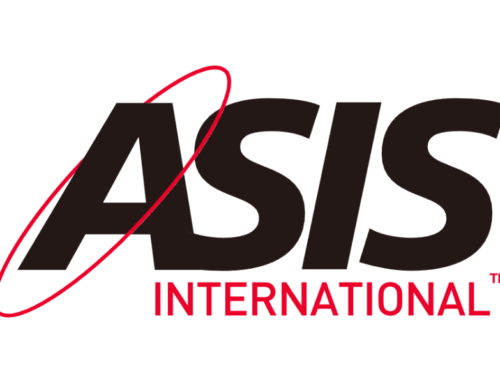Written by: Jamie Ridenhour, DSI Training and Compliance Manager
What is the secret? The uniforms? The post orders? The coffee machine?
What are the simple ingredients that drastically impact security program efficiency and outcome from a top down perspective?
Many impactful security programs, as well as ineffective security programs, have common threads that tend to separate the two categories from each other:
Ineffective Security Programs – The program exists and employees and management are aware that security is a thing but is often relegated to the last thought of employees and management and the very close to if not last line item until something adverse happens.
A – Apathetic
1. Indifference towards the program.
2. Apathy and lack of interest by management.
3. Loss of interest and disconnect between work and security culture.
B – Budgetary
1. Lowest bid always.
2. Not open to discussion and exploration of quality over cost.
3. Short term monetary goals take precedent over long term security goals.
C – Complacent
1. “It’s always been like this.”
2. No interest in innovation or improvement.
3. Satisfaction with status quo even if below expectations or abilities.
Impactful Security Programs – The program exists and employees and management are actively aware, mindful, and involved in being proactive and collaborative in ensuring the efficacy of the program.
A – Attitude
1. Engaged and involved attitude towards the program.
2. Management being proactive in supporting security goals.
3. Integration and fostering of security culture being a part of work culture. (We should all want to keep each other safe right?)
B – Buy In
1. Key stakeholders understanding budget impacts and money spent.
2. Open exploration of ROI whether tangible or intangible in regards to the program. (How do you put a money value on someone NOT getting hurt?)
3. Evaluating what decisions are best for the overall program while being more open to not always defaulting to the lowest denominator.
C – Comprehensive
1. Holistic approach to overall security.
2. Keeping in mind all variables involved security, safety, asset protection, and liability.
3. Staying up to date and not being afraid to strive towards best practices.
While this is by no means an exhaustive list or a “how to” guide to manage a security program, it is a resource for understanding mindsets and variables that can drastically change your security program worth and outcomes.
Whether taking on a new program or needing to improve a current security program start by gauging your ABC’s then work on your 123’s!







